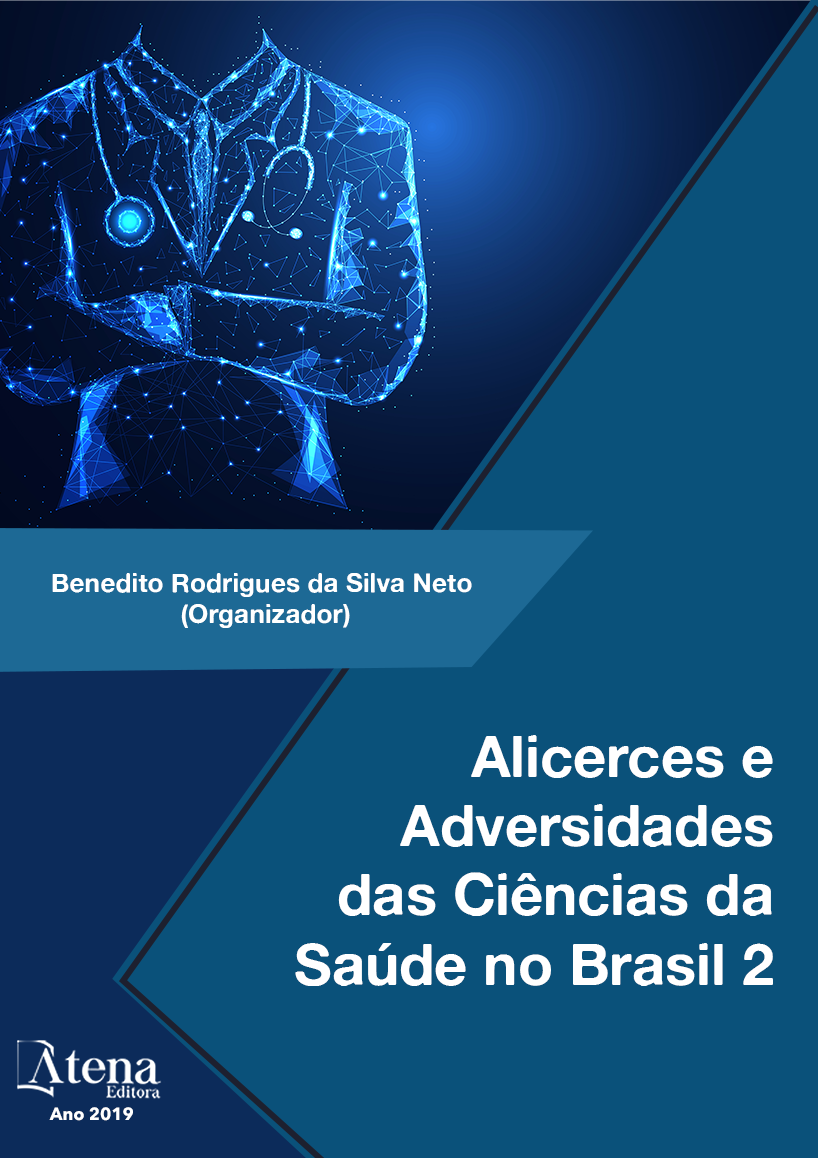
IMPACTO DO USO DE AGENTES ANTIOXIDANTES PARA O REPARO TECIDUAL
RESUMO: O organismo humano, em seus processos orgânicos e fisiológicos, produz radicais livres, que exercem função de carregadores de elétrons em diversas reações bioquímicas no organismo. Entretanto, quando produzidos em excesso podem provocar danos oxidativos ao organismo. Agentes antioxidantes são defesas naturais ou sintéticas contra radicais livres, eles possuem a capacidade de diminuir o nível de estresse oxidativo. A cicatrização de feridas é um processo natural do organismo, após uma lesão um conjunto de eventos bioquímicos é iniciado, com o objetivo de reparar o dano tecidual. Este estudo objetivou identificar na literatura as propriedades terapêuticas dos agentes antioxidantes no reparo tecidual. Trata-se de uma revisão integrativa da literatura a busca foi realizada em março de 2018 nas bases de dados SciELO e LILACS. Foram utilizados os descritores em inglês e operador booleano AND: antioxidant AND healing na SciELO, encontrando 29 estudos, e agents antioxidant AND wound healing na LILACS, encontrando 17 estudos, totalizando 46 estudos. Após a aplicação dos critérios de inclusão e exclusão, foram selecionados cinco manuscritos. As substâncias evidenciadas nas investigações foram: Extrato hidroalcoólico de Ziziphus jujuba, Ácido elágico, Extrato etanólico da Sideroxylon obtusifolium, Rhizophora mangle L., Própolis de origem britânica, Própolis de origem brasileira, Romã, Sangue de dragão e Sálvia. 100% das substâncias apresentaram propriedades antioxidantes no reparo tecidual. Desta forma, concluiu-se que os agentes antioxidantes na cicatrização de feridas agem na redução da inflamação e estresse oxidativo, através dos seus compostos e metabólitos secundários.
IMPACTO DO USO DE AGENTES ANTIOXIDANTES PARA O REPARO TECIDUAL
-
DOI: 10.22533/at.ed.71319021011
-
Palavras-chave: atividade antioxidante, cicatrização, radicais livres.
-
Keywords: antioxidant activity, healing, free radicals.
-
Abstract:
ABSTRACT: The human organismo in their organic and physiological processes, produces free radicals, which perform function of chargers electrons in various biochemical reactions in the body. However, when produced in excess can cause oxidative damage to the body. Antioxidant agents are own or synthetic defenses against free radicals, they have the ability to decrease the level of oxidative stress. The healing of wounds in a process own of the body, after na injury a set of biochemical events is started, with the aim if repairing the tissue damage. This study aimed to identify in the literature the therapeutic properties of antioxidant agentes in tissue repair. This in na integrative review of the literature, the search was carried out in march 2018 in the databases: SciELO e LILACS. Descriptors were used in English and Boolean operator AND: antioxidant AND healing na SciELO at SciELO, finding 29 manuscript, e agents antioxidant at wound healing na LILACS finding 17 manuscript, totalizing 46 manuscript. After applying the inclusion and exclusion criteria,five manuscripts were selected. The substances evidenced in the invesigations were: hydroalcoholic extract of Ziziphus jujuba, ellagic acid, ethanolic extract of Sideroxylon obtusifolium, Rhizophora mangle L., propolis of British origin, propolis of Brazilian origin, pomegranate, dragon’s blood and sage. All of the substances presented antioxidant properties in the tissue repair. Thus it was concluded that antioxidant agents in wound healing act in the reduction of inflammation and oxidative stress, through its compounds and secondary metabolites.
-
Número de páginas: 15
- Emanuel Messias Silva Feitosa
- Cosmo Alexandro da Silva de Aguiar
- Vitória Alves de Moura
- Ana luiza Rodrigues Santos
- Josivaldo Macêdo Silva
- Luis Rafael Leite Sampaio
- Vithória Régia Teixeira Rodrigues


